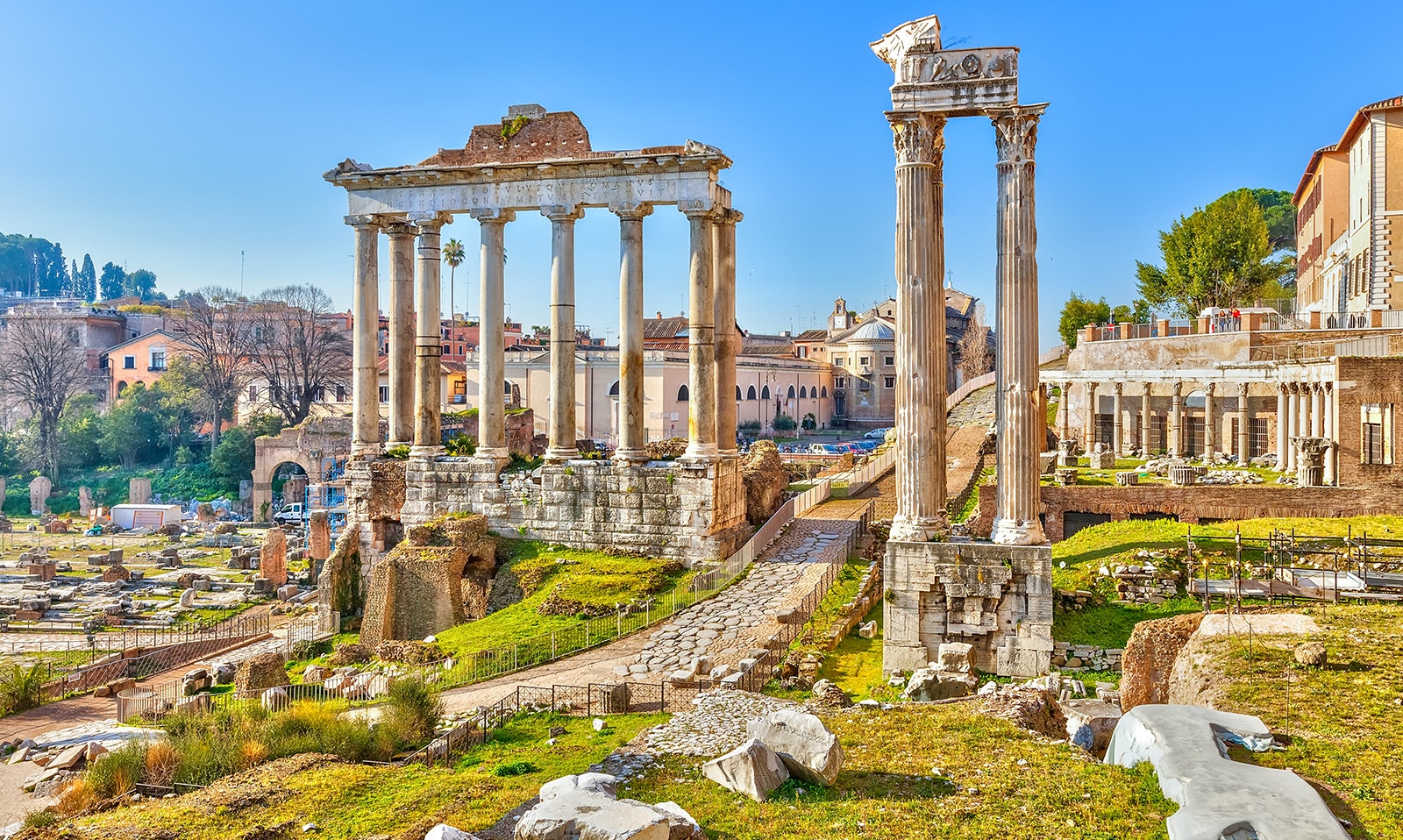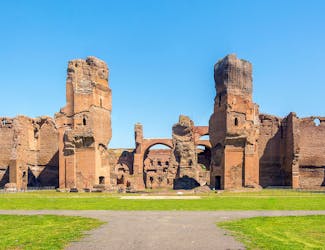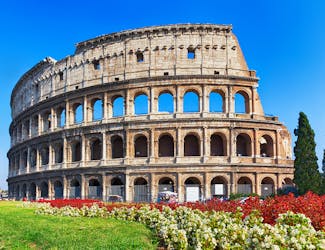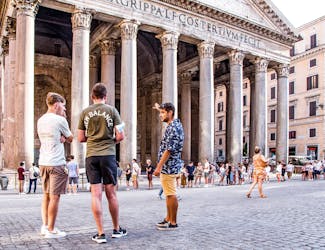Every year on April 21, Rome buzzes with excitement and tradition as it celebrates its founding, an event known as Natale di Roma. This day marks the city's inception on the same date in 753 BC, a milestone that reaches back to the days of Romulus, its legendary founder. In 2024, Rome will honor its 2,776th birthday, a testament to its enduring legacy as the Eternal City.
Natale di Roma, or the Birthday of Rome, unfolds with historical re-enactments, echoing the ancient Roman rituals. The city transforms into a living museum with costumed parades and gladiator showdowns in the iconic Circus Maximus. These festivities breathe life into Rome's storied past, offering a spectacular throwback to its ancient grandeur.
The origin of this celebration, known in antiquity as Dies Romana or Romaia, is steeped in mythology and tradition. Central to this historic day is the dedication to Pales, the goddess of flocks and herds, honored during the Parilia festival. This connection to ancient rituals underlines the city's deep-rooted history and cultural heritage.

How does Rome celebrate Natale di Roma?
- Citywide celebration: Rome marks its birthday on April 21st with a citywide celebration that turns history into a live spectacle. During this time, many of Rome's government-owned museums, such as the Capitoline Museums and the National Roman Museum, open their doors for free, allowing everyone to learn more about the city's rich past without spending a euro.
- Historical re-enactment: From April 17th to 21st, 2024, Rome's birthday will be celebrated with events orchestrated by the Gruppo Storico Romano. Around 2,000 historical re-enactors from over 72 associations will converge in Rome, bringing the ancient city to life. The theme for 2024’s celebration is the “Roman Roads”, celebrating their crucial role in Rome’s history as the lifelines of the Roman Empire.
- Circus Maximus activities: You can visit the Circus Maximus, which transforms into a hub of activity with a recreated Roman and Berber village. The site also hosts educational exhibitions and lectures on ancient Roman life, from its cuisine to its religion.
- Pantheon's solar alignment phenomenon: A must-see event is the solar alignment at the Pantheon on April 21st. Arriving before noon allows visitors to witness the moment when sunlight perfectly strikes the doorway, an awe-inspiring spectacle that occurs annually on Rome’s birthday.
- Food in Trastevere: The charm of Rome can also be seen at the Trastevere neighborhood, where the aroma of traditional Roman dishes fills the air. Amatriciana, carbonara, and cacio e pepe are on offer, alongside the city’s signature sweets like maritozzo with cream or ice cream flavored with ricotta and sour cherries.
- Tiber River sunset stroll: Walking along the Tiber River adds another layer of Roman experience, especially during sunset. The river's banks, teeming with history and beauty, offer a perfect setting for an evening apéritif.
Top things to do if you’re in Rome for Natale di Roma
Story time: The tale of Rome's inception
The origins of Natale di Roma, are rooted in the epic sagas of ancient times, woven by the historian Titus Livius. The story begins with the fall of Troy, a cataclysmic event that led the Trojan survivors to seek refuge in distant lands. Among these refugees was Aeneas, a Trojan prince and son of the Goddess Venus and mortal Anchises, who reached the shores of Lazio, south of Rome.
In Lazio, Aeneas' journey took a pivotal turn as he married Lavinia, the daughter of the local king. This union led to the establishment of the city of Lavinio, named after his wife. The lineage continued with their son Ascanio, who founded the city of Alba Longa.
The narrative that set the stage for Rome's creation centers around Alba Longa's royal lineage. A succession conflict dethroned Numitor, the legitimate ruler, replaced by his brother Amulius. To secure his throne, Amulius forced Numitor's daughter, Rhea Silvia, into vestal virginity, blocking her from bearing potential heirs. However, fate intervened when Mars, the god of war, fell in love with Rhea Silvia, leading to the birth of twins Romulus and Remus.
Defying Amulius' orders to execute the twins, Rhea Silvia set them adrift on the Tiber, where a she-wolf discovered and nurtured them. This iconic tale is immortalized in the Capitoline Wolf statue, depicting the infants with their lupine foster mother. Later, the shepherd Faustolus found and raised them.
The twins, upon reaching adulthood, avenged Numitor and set out to establish their city. Their visions clashed over the location: Romulus favored the Palatine Hill, while Remus chose the nearby Aventine Hill. They then decided to both pick their hill and wait for an auspicious sign, in the form of the passage of a flock of birds, a use that was typical of Etruscan times. Romulus, observing 12 birds, claimed victory over Remus, who saw six but insisted on his precedence in sighting them.
This tiff turned into tragedy when Romulus, in assertion of his claim, fatally attacked Remus for crossing the new city's boundaries. Romulus thus founded Rome on the Palatine Hill and became its first king, marking the inception of Rome on April 21, 753 BC.









